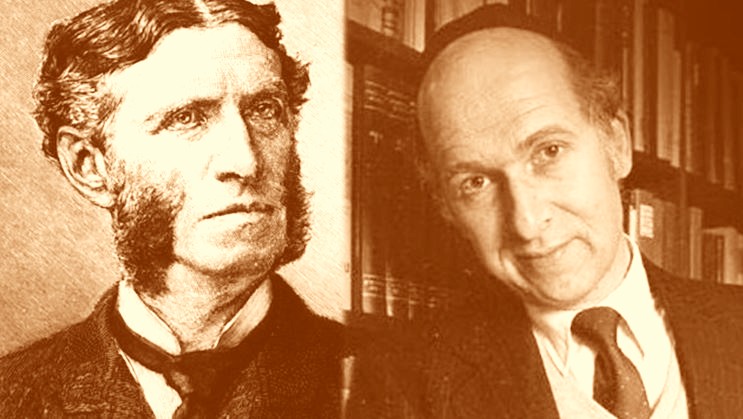“The Best” – עידית

Rabbi Chaim Strauchler, Associate Editor, TRADITION
In Culture and Anarchy (1869), Matthew Arnold argues for the role of reading “the best that has been thought and said” as an antidote to the anarchy of materialism, industrialism and individualistic self-interest.
Arnold’s project influenced much of Rav Aharon Lichtenstein’s understanding of Western Culture and its usefulness to bnei Torah. The culture about which R. Lichtenstein addressed his vision was largely unified and contained many elements, which warranted Arnold’s idealism. The culture of today, in all its forms, has become Balkanized such that we can no longer speak of one culture that we all experience. Rarely does it contain “the best that has been thought and said.” However, droplets of Arnold’s antidote do remain.
In this regular feature of TraditionOnline.org we will seek to gather and share those droplets. We ask those who participate in this project to consider what things “out there” make you think and feel. What elements in our culture still inspire us to live better? We seek to share what we find that might still be described as “the best that has been thought and said.”
We will include short description of a wide variety of cultural material, how long it will take to consume, and cautionary instructions for making the best use of it.
We are not attempting to form a canon. We seek to offer directions to material that will add to our readers’ lives as thinkers and religious believers. Assuming a culture of entertainment and media consumption, we would like to help more people to consume the “good stuff.” We plan to curate a small piece of the best within our cultural universe, not to censor it. We will not tell you what is treif or, for that matter, what is kosher. We hope to share a little of what is “the best.”
Click here for the directory of all columns in “The BEST” series.

1 Comment
I actually saw the painting last spring when I was in Amsterdam and the Rijksmuseum had a retrospective in honour of Rembrandt. Rav Kook’s words about how Rembrandt painted light are certainly true of the artist and his Dutch contemporaries. However, what draws me even more than that is the way that Rembrandt painted the dark. We wouldn’t appreciate the light and how it falls on different objects and body parts if it was not contrasted with the dark, would we? (And, of course, that is certainly true of life).
Another thing that really struck me about the Jeremiah painting was Rembrandt’s depiction of Jeremiah’s foot. If you see the painting in person, you will see that the foot has as much personality, and is as meticulously rendered in detail, as anything else in the painting. Jeremiah the prophet, in his despair, is just a person. He has feet of clay. And he has utterly failed to warn the Jewish people of the destruction that will befall them. That is what I see in the painting.